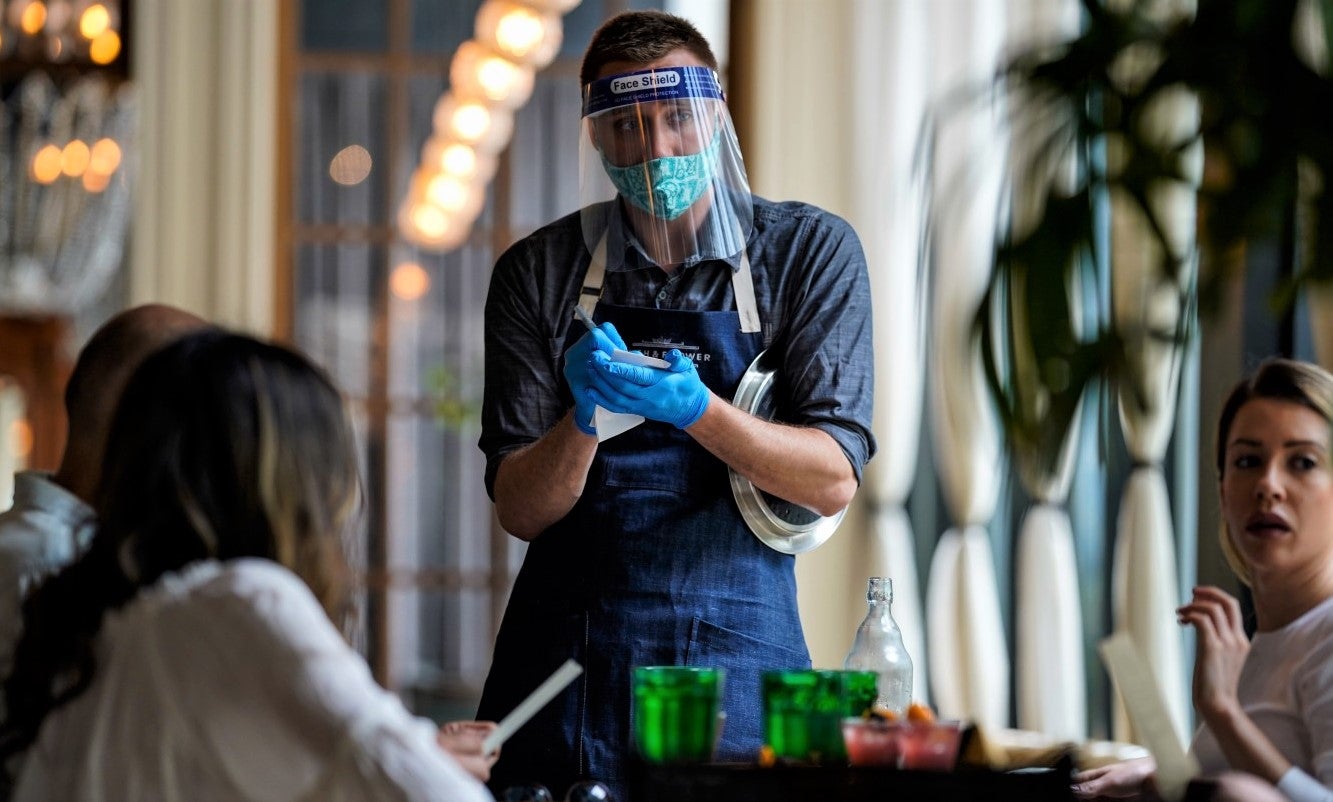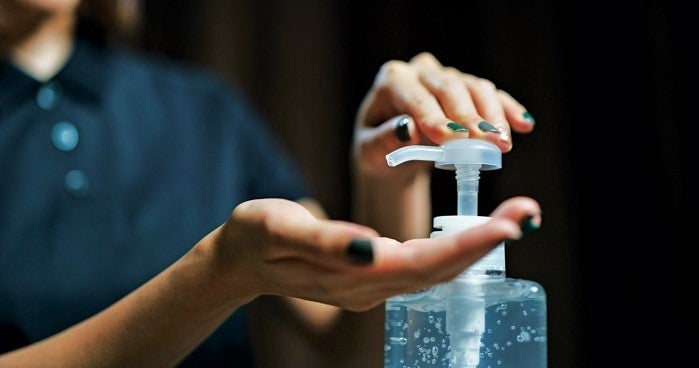San Francisco to Allow 25% Indoor Dining Capacity, Beginning March 3rd
Following a closure period of nearly three months, restaurants in San Francisco are due to recommence indoor dining at a 25% capacity from Wednesday, March 3rd. Issued by the Health Officer of San Francisco’s Department of Public Health, all businesses that wish to recommence public trading in either indoor or outdoor space must recognize and complete a lengthy social distancing protocol. The document outlines every conceivable aspect of business operation, from hygiene protocol to health and safety notices.
When the announcement was suddenly made on Tuesday, November 10th of last year that the end of the week would see city-wide closures of all indoor dining establishments, there was no concrete date as to when trading would resume. This decision came just six weeks after the city reopened its restaurants for indoor dining, a decision that saw a catastrophic 250% uptick in positive COVID-19 cases within that one-and-a-half-month period. The decision to cease indoor trading for an undisclosed period of time followed an alarmingly steady rise in COVID cases from October 19th to November 10th, accounting for a rise of positivity rate from 2.5% to 3.7%.
The decision to close restaurants once again was one necessary for reducing transmission of the highly infectious disease that has, almost an entire year into this pandemic, claimed the lives of 516,000 Americans. There are now strict and highly specific rules in place to flatten the curve of San Francisco’s COVID-19 cases while also reviving the food and dining culture for which the city is so well known and highly esteemed.
With over 20% of the city’s population having received its first vaccination, according to a Mayor’s Office press release, San Francisco is slowly making its way out of this pandemic. But there is still a long way to go – if you are a business owner due to recommence trading this week, these are the key mandates you will need to abide by.
Business owner social distancing protocol
The exhaustively detailed ten-page document goes through every aspect of health and safety practice, for both patrons and employees. With the assertion that COVID-19 transmission is at a greater risk indoors, there is the requirement placed upon all patrons to maintain a minimum six-foot distance between themselves and others. Businesses must display signs instructing customers to wear face masks inside – and even when queuing outdoors – as well as determining the safest number of patrons who may be inside the building at one time. Mitigating the potential for excessive crowd density, whereby space limitations could prevent social distancing, is a major priority of the San Francisco Health Officer.
Another mandatory sign for businesses to display is one stating that customers who have recently experienced flu-like symptoms are to neglect entering the establishment and to reschedule any appointments or bookings for a later date.
Food courts and indoor dining

Provided that they adhere to a capacity of less than 100 patrons – 25% of an establishment’s general customer capacity – all indoor businesses may resume trading. This includes restaurants, cafés, shopping mall food courts, as well as hotels and museums. The restrictions placed upon these establishments extend to who they can allow to share a table and how many may be seated at one: there is no permittance of more than four diners to one indoor table, and all must be members of a single household.
Trading hours will cease between 22:00 and 05:00, allowing some semblance of normality to reinstate itself with early morning coffees and evening dinner services, the latter permitting diners to finish eating and drinking up to half an hour after closing time. Beyond that, all indoor eating services will cease trading at 22:30, though some allowances will be made for takeout establishments or home delivery orders. Moreover, strict six-foot social distancing statues must be upheld, to the extent that plastic division barriers are not permitted as a replacement for spacing apart. At all times, diners must be kept six feet from one another.
Outdoor dining
Patrons eating outside are afforded a little more leeway when it comes to socializing, as the allowances increase to a maximum of six people contained of two separate households. There will no longer be a 10pm curfew imposed on outdoor dining – with that cut-off point being applied only to indoor dining – and other social activities that take place outside will not be restricted to this curfew, either.
Additionally, those businesses who, before December 6th, opted to construct barriers between tables as a substitute for social distancing are allowed to retain those barriers.
Sanitizing measures

In more than any other industry, hospitality services require exceptionally high standards of cleanliness and sanitization, such is the risk of bacterial transmission from food handling. Thus, some of the key sanitizing measures listed in the social distancing protocol include continuous disinfection of shared surface tops, including card machines and payment systems, as well as mitigation of shared items such as pens and styluses.
Business will need to provide hand sanitizer and disinfectant wipes to all patrons upon entry, so that their hands are bacteria-free from the point of entering the establishment. Staff members, meanwhile, are required to disinfect communal areas – such as cloakrooms and locker areas – as well as thoroughly clean the bathrooms at various points throughout the trading day.
While these are the key takeaways, restauranteurs and business owners are encouraged to carefully review the Health Officer’s social distancing protocol for themselves. This will ensure they are aware of what is required of them, in order to keep customers and staff safe as trading slowly recommences.
Beyond that, always clean your hands thoroughly with portable sanitizer whenever you enter and leave an indoor establishment, ensuring you limit physical contact with items in-store and with those around you. Always wear a face covering indoors and be wary of any flu-like symptoms such as head colds, dry coughing, and high temperatures.
With the end of this pandemic in sight, the reopening of San Francisco’s restaurants is a great step forward – but it can only be maintained with the correct social distancing practice. Stay alert and stay safe.


